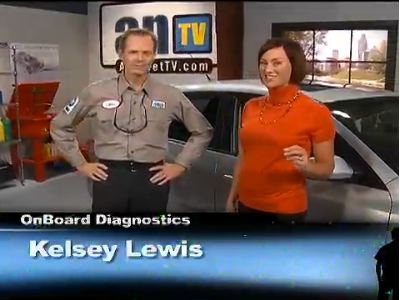Duke Is Beginning to See the Light (Check Engine Light Diagnostics)
![]()
Good Day, Duke here and you know we have all heard and maybe said the famous quote, “I’m beginning to see the light.” but today, we really are dealing with seeing the light in our vehicle, the Check Engine Light. So let’s start barkin’ and venture into the unknown of the Check Engine Light!
It’s a light many drivers fear they’ll see turn on at the most inopportune time. It’s the one on the dash that says “Check Engine,” “Service Engine Soon,” or it may be simply an engine-shaped light. Your first instinct may be to pull off to the side of the road and turn off the engine.
The truth is that the Check Engine light can be pointing to problems as simple as a loose gas cap. But it could be as serious as a severely misfiring engine. Don’t ignore it because it’s there to help you avoid an expensive repair. It is designed to alert you, to tell you something’s not quite right.
Your vehicle has a connected system of computers and sensors constantly checking to see that all systems are working the way they should. If something isn’t, the system will turn on the Check Engine light.
If it’s flashing, that could be serious. Look at some of the other warning lights or gauges, such as heat or oil pressure. They could be telling you your vehicle’s problem should be checked right away. In that case, if you can, safely pull off the road and shut the vehicle down. If your vehicle loses power and the Check Engine light is on, try not to push the demands you are making on the engine, such as towing or accelerating hard.
Simply put, a flashing Check Engine light should be checked out by a professional as soon as possible.
If the Check Engine light is on steadily, manufacturers say it means there’s a problem, but it probably doesn’t require immediate service. The system is designed to remember the problem it found and store it (as a code) so it can be retrieved later.
When you do bring your vehicle in to have us see what’s behind the Check Engine light coming on, we’ll hook your vehicle up to a diagnostics tool that can reveal the clues the engine’s computers have stored. It takes a trained technician to understand those clues, like a doctor who can interpret a patient’s symptoms and come up with the correct diagnosis. Some newer vehicles can even be checked remotely.
Once we figure out the problem and repair it, you’ll be back on the road again. It’s nice to know the Check Engine light is your sentry, standing by to alert you the next time you begin to “see the light.”
“I never cared much for moonlit skies
I never wink back at fireflies
But now that the stars are in your eyes
I’m beginning to see the light” ~Ella Fitzgerald
Duke
![]()
Allied Auto Works
2073 Grant Road
Los Altos, CA 94024
650.968.7227
https://www.alliedautoworks.com/
